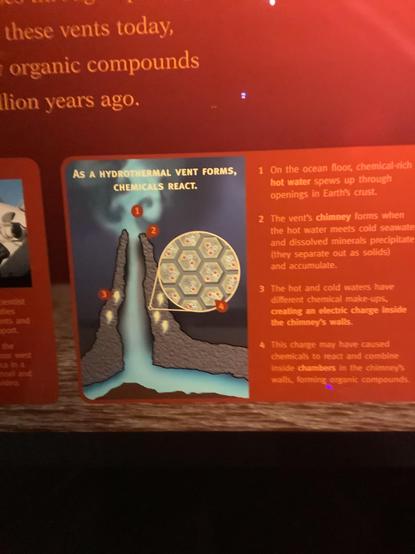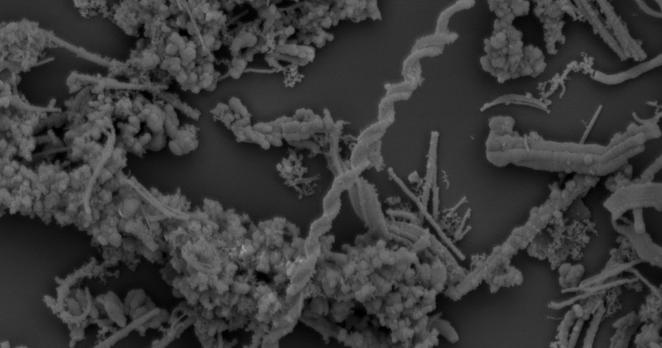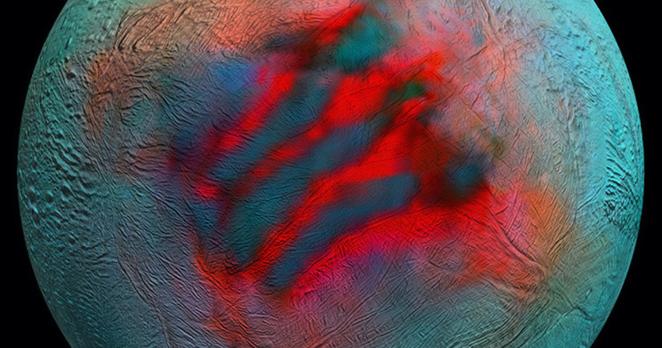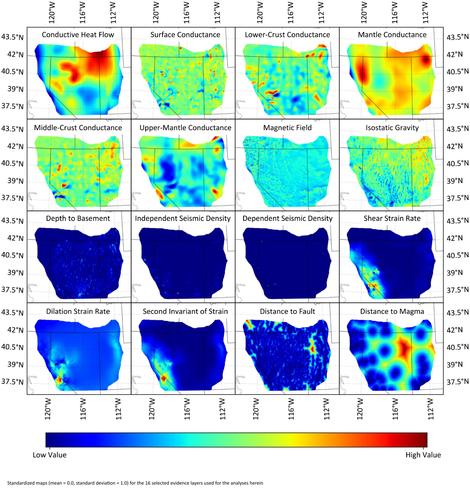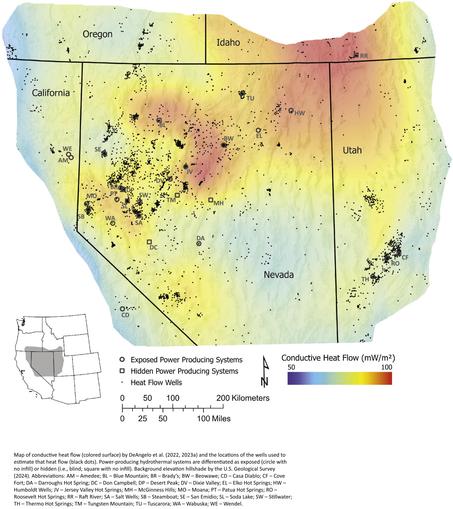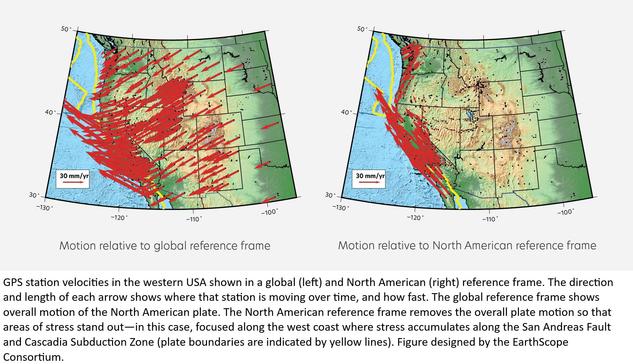#Microbiology #EarthScience #Ecology #sflorg
https://www.sflorg.com/2025/10/mcb1022501.html
A new review study shows the invisible transport pathways for #iron through #hydrothermal plumes.
More on Iron’s Irony here ➡️ https://www.marum.de/en/Iron-sIrony.html
#icbm @UniOldenburg #ConstructorUniversity @geomar_de @awi
@unibremen
#Enceladus’ subsurface ocean 🌊 has #hydrothermal vents on its seafloor. Enceladus’ ocean contains molecular hydrogen — which #NASA has called “candy for microbes” 🦠 — as well as other building blocks for life, Iike carbon dioxide and methane. It’s pretty similar to the conditions that allowed ocean life to propagate on early Earth. https://www.planetary.org/articles/where-are-the-ocean-worlds-in-our-solar-system
🫧 Rare deep-sea hydrothermal system discovered in western Pacific produces massive hydrogen emissions
https://phys.org/news/2025-08-rare-deep-sea-hydrothermal-western.html

Rare deep-sea hydrothermal system discovered in western Pacific produces massive hydrogen emissions
Hydrogen-producing hydrothermal systems in the deep ocean are rare but critical to understanding Earth's internal processes and the conditions that may have fostered life's origins. Now scientists from the Institute of Oceanology of the Chinese Academy of Sciences (IOCAS) have discovered a massive hydrogen-rich hydrothermal system beneath the western Pacific seafloor, offering a new glimpse into deep-sea serpentinization—a process in which iron- and magnesium-rich rocks chemically react with water to form serpentine minerals and release hydrogen.
Chinese Researchers Discover Massive Hydrothermal System in Pacific Ocean, Teeming with Life
A team of Chinese scientists has discovered a massive, previously unknown hydrothermal system at the bottom of the Pacific Ocean. Located northeast of Papua New Guinea, the Kunlun system consists of 20 large craters, some of which are as large as 5,900 feet in diameter and 430 feet deep. These crate... [More info]
--
https://doi.org/10.1016/j.geothermics.2025.103450 <-- shared paper
--
#geothermal #resourceassessment #hydrothermal #favorability #GreatBasin #datadriven #Machinelearning #ML #AI #USA #power #energy #powerplant #renewableenergy #survey #spatialanalysis #GIS #spatial #mapping #montecarlo #model #modeling #crossvalidation #predication #WesternUSA #algorithm #training #geology #vulcanism #favorability #research #prospecting #resources
#USGS
--
https://www.usgs.gov/observatories/yvo/news/see-how-ground-moves-yellowstone-first-look-rest-north-america <-- shared #USGS technical article
--
#GIS #spatial #mapping #Yellowstone #monitoring #GPS #YellowstoneNP #geoscience #movement #volcanic #magma #deformation #NorthAmerica #tectonics #geology #engineeringgeology #risk #hazard #earthquake #subsidence #groundmovement #frameofreference #stress #vulcanism #regional #BasinAndRange #caldera #measurement #hydrothermal #NetworkOfTheAmericas
#NSF #NPS
Earlier we saw a map of hydrothermal sites around Tharsis suggested by James Dohm. The combination of warmth and water seemed promising in the search for life (or past life). Here are more of them, suggested in 2 studies in 2005 and 2007. These are not tied to a specific mission but could guide site selection. The 'crater sites' combined impact-generated heat with signs of water and included Gale and Gusev craters (crater sites A and B).
Now... back to human missions.
#maps #mars #hydrothermal
